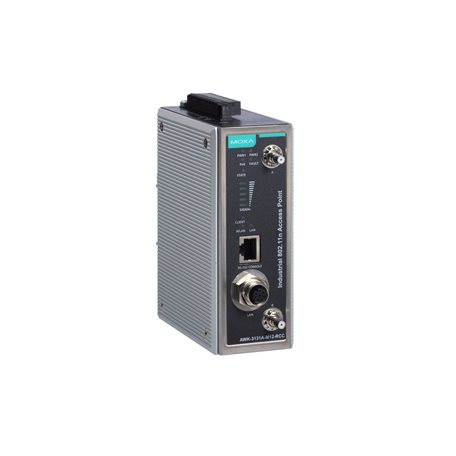
Click “WhatsApp Us” or “Get a Quote” above to buy AWK-3131A-RCC from APulsar Technologies, MOXA official distributor.
In stock. Purchase walk-in from our office in Petaling Jaya, or order online and enjoy fast delivery across Kuala Lumpur and the entire Malaysia.
The AWK-3131A-RCC Series industrial 802.11n wireless AP/client is an ideal wireless solution for applications such as onboard passenger infotainment systems and inter-carriage wireless backbone networks because it provides a faster data rate compared to 802.11g devices. The auto carriage connection (ACC) feature facilitates easy deployment of wireless devices and increases the reliability of wireless carriage backbone networks. The AWK-3131A-RCC Series is also optimized for passenger Wi-Fi services and complies with a portion of the EN 50155 specifications covering operating temperature, power input voltage, surge, ESD, and vibration, making the products suitable for a variety of industrial applications. The AWK-3131A-RCC Series can also be powered via the PoE port for easier deployment.
Apulsar.com uses cookies to ensure you get the best experience. By continuing to browse, you agree to our use of cookies. Our privacy policy available here